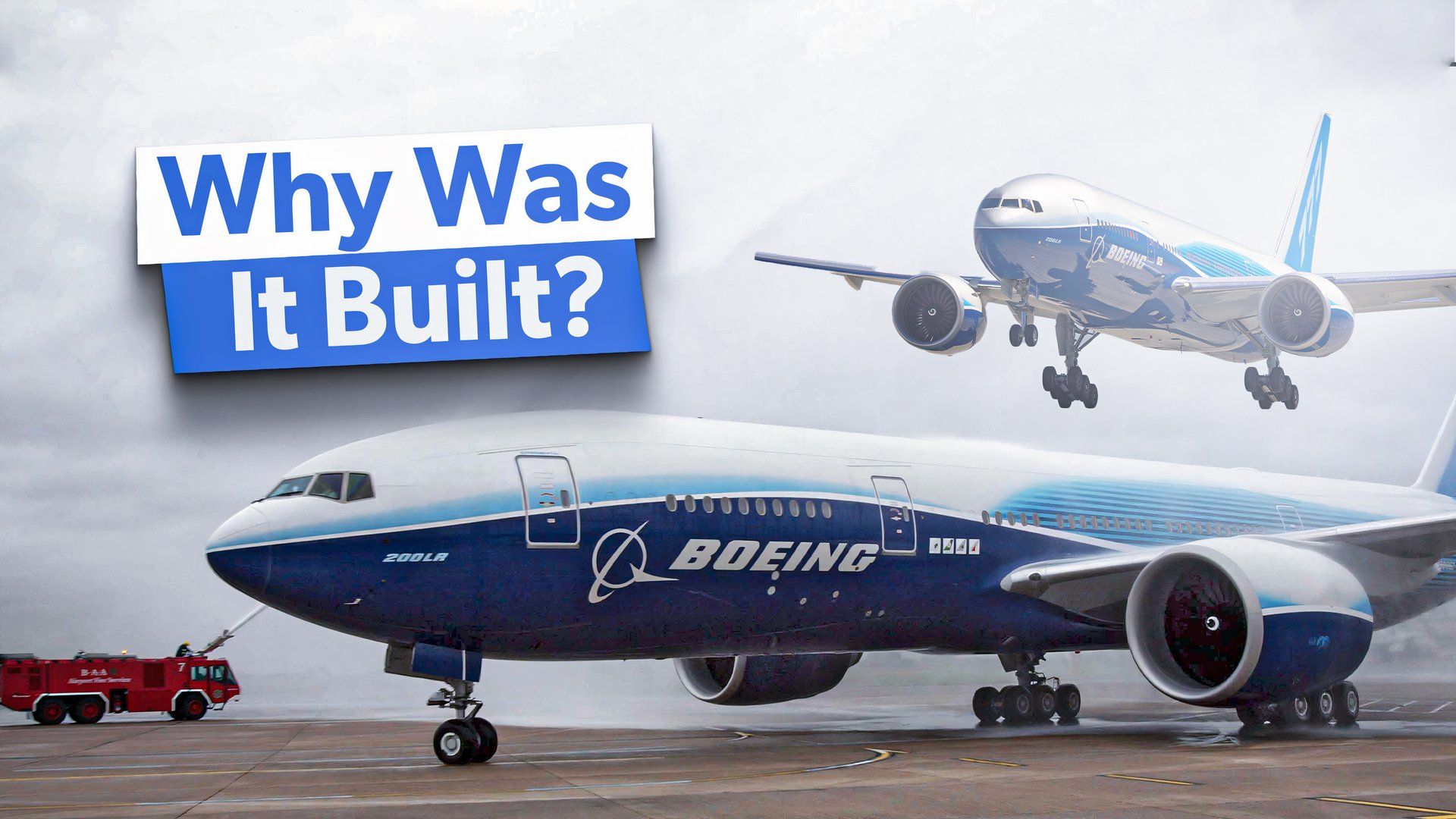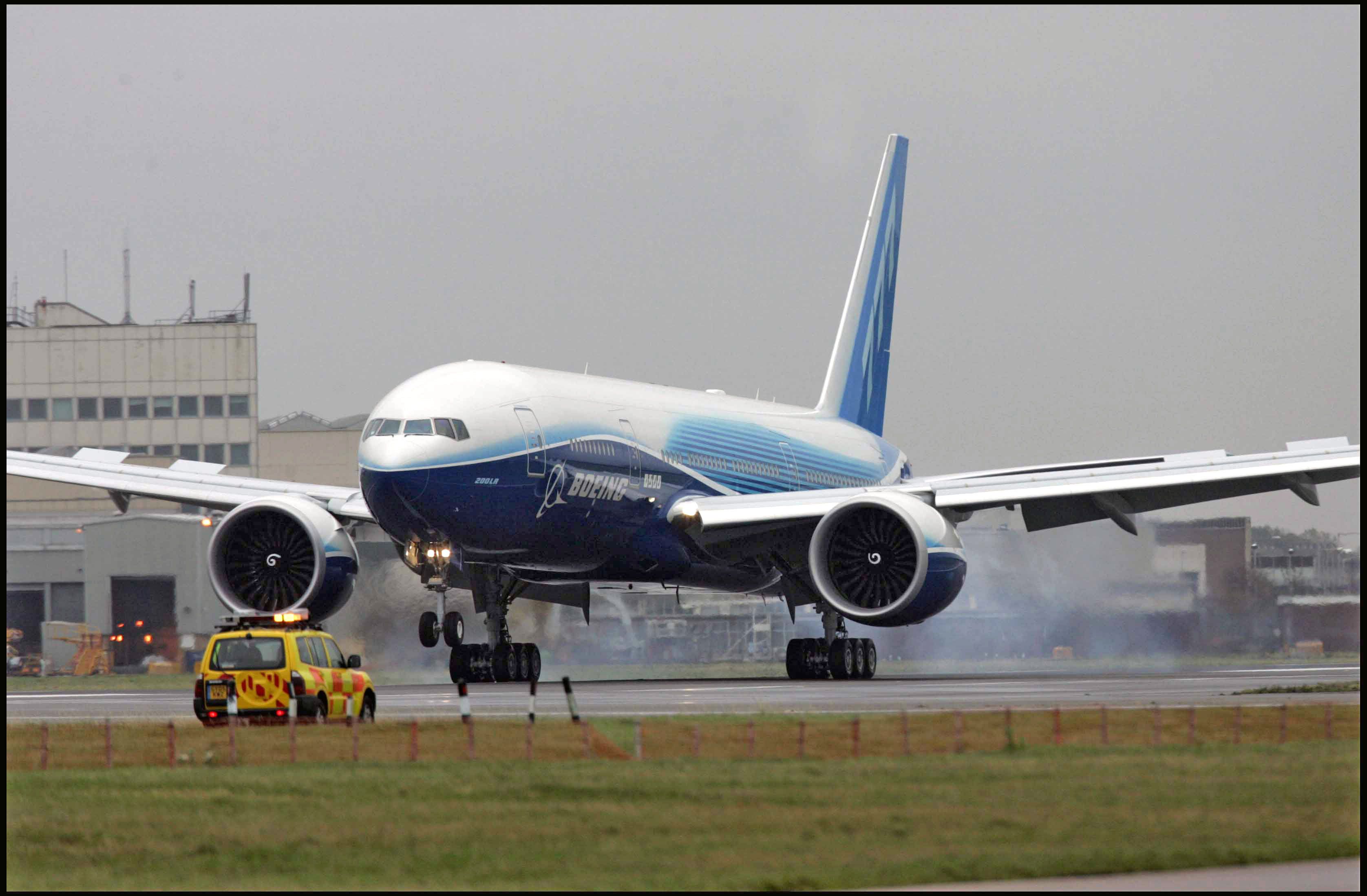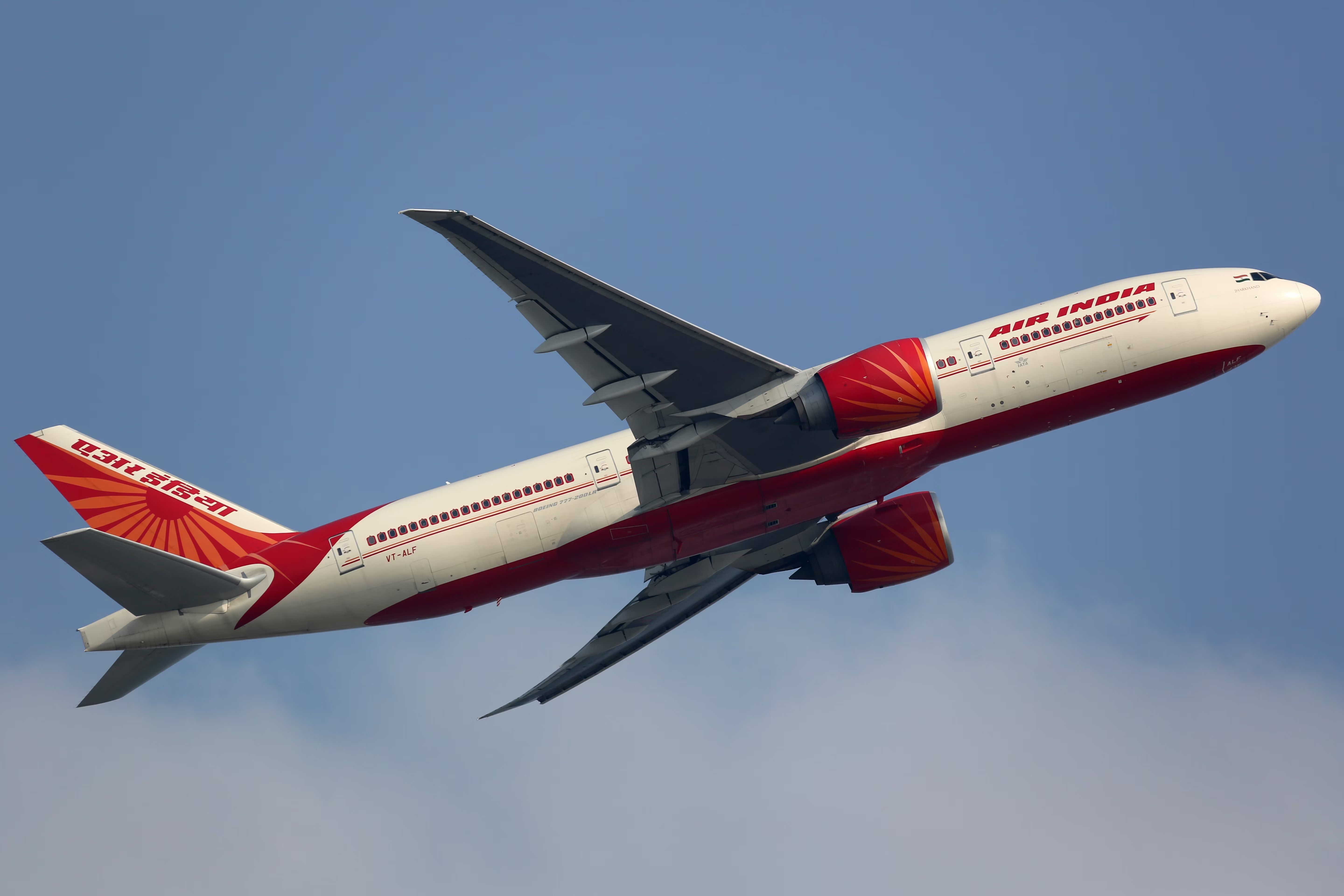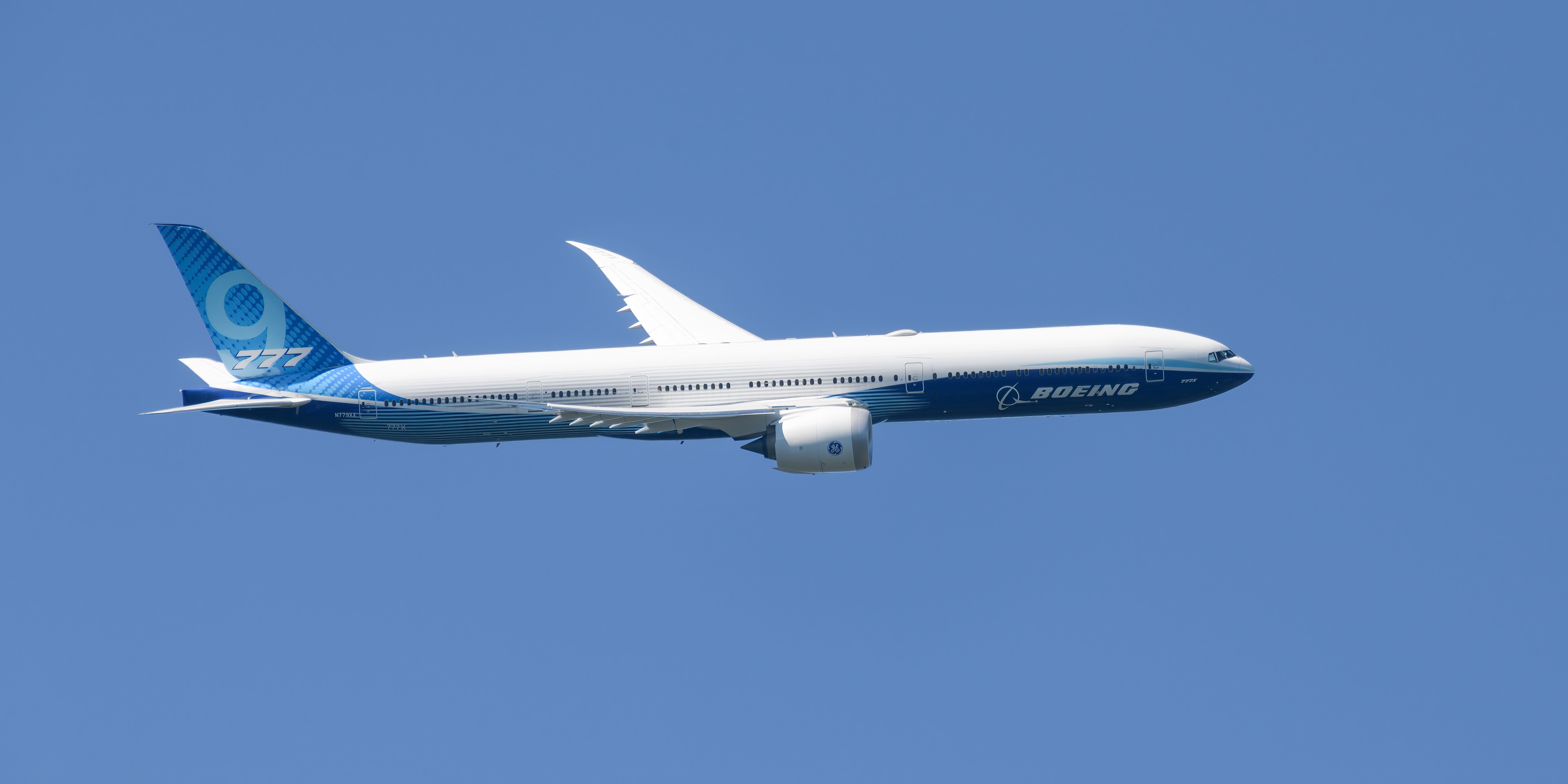Summary
- The 777-200LR was designed for ultra-long-haul flights, setting records for distance and payload capacity.
- Airlines like Emirates and Qatar Airways utilize the 777-200LR for challenging nonstop routes.
- The 777-200LR’s cargo flexibility and performance under extreme conditions enhance its operational versatility.
In the competitive world of aviation innovation, Boeing’s development of the 777-200LR, dubbed the Worldliner, marked a significant leap forward in long-haul travel.
This aircraft, known for its ultra-long-range capabilities, was designed to be the longest-range commercial aircraft and represented Boeing’s commitment to meeting the evolving needs of global airlines at the time. Let’s explore the history, motivations, and technical innovations behind the creation of the Boeing 777-200LR.
The genesis of the 777-200LR
Market demands and airline requirements
In the early 2000s, airlines faced an increasing demand for ultra-long-haul flights that could connect distant city pairs non-stop. Traditional aircraft at the time lacked the range and efficiency to make these types of routes profitable. Boeing identified a market opportunity to develop an aircraft that could meet these demands while also providing significant cargo capacity.
Photo: Boeing
The 777-200LR was conceived to fill this niche, offering unparalleled range and flexibility. According to Boeing, this aircraft can fly up to 8,555 nautical miles (15,843 kilometers), enabling airlines to connect virtually any two cities worldwide without a stopover. This capability made it particularly attractive for carriers looking to establish new long-haul routes.
Technological advancements
Boeing integrated several technological advancements into the 777-200LR to achieve its impressive range and efficiency.
- For example, the aircraft is powered by GE90-110B1L engines, among the most powerful commercial jet engines ever built. Their ability to provide the necessary thrust while maintaining fuel efficiency was critical for long-haul flights.
- Additionally, the 777-200LR features extended and raked wingtips that improve aerodynamic performance. Its construction with lighter materials also reduces weight and increases fuel efficiency.
These innovations allow the 777-200LR to carry a full load of passengers and cargo over long distances without sacrificing performance or profitability.
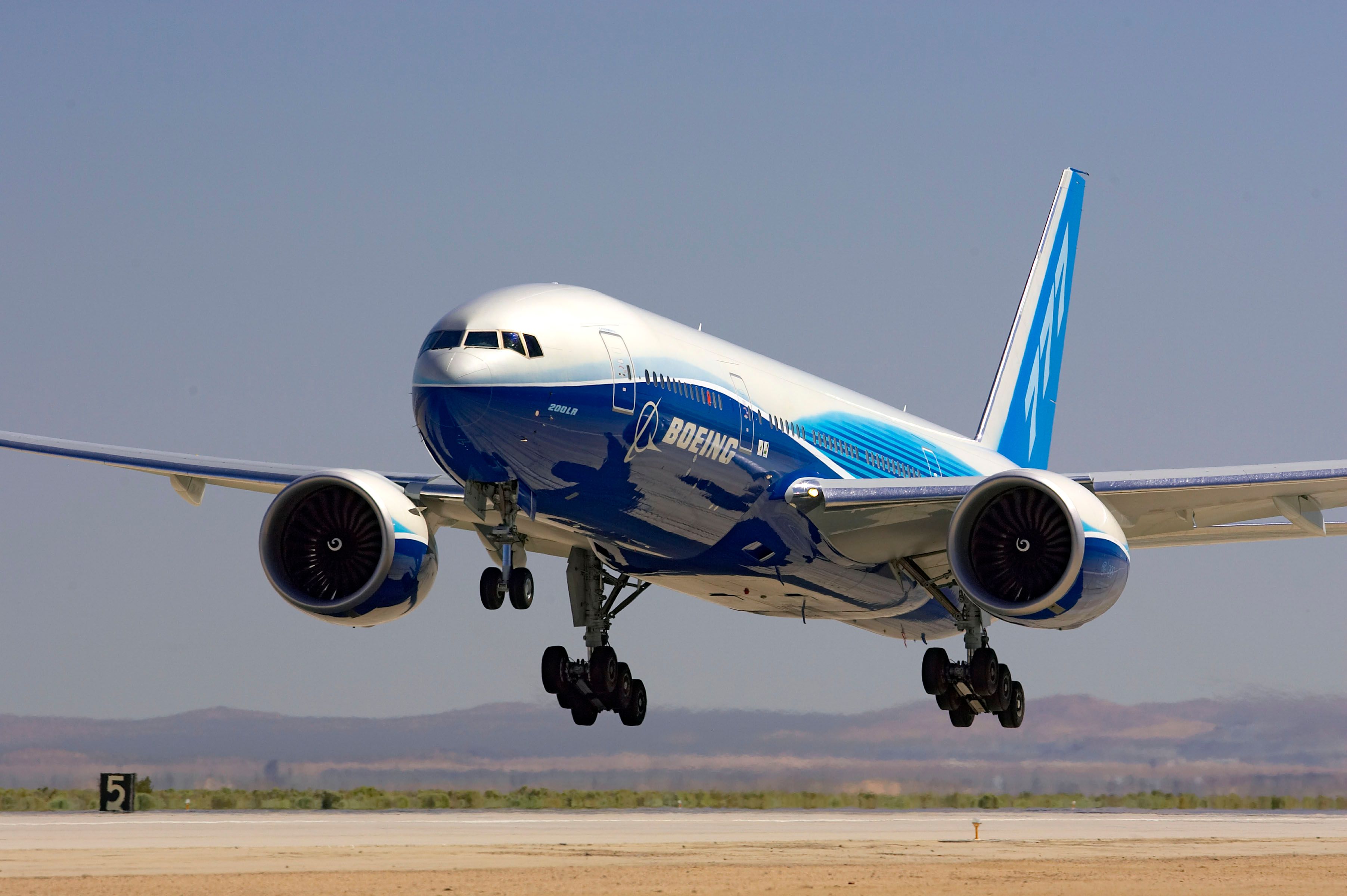
Related
The Story Of And Differences Between Boeing’s 777-200LR & 777-200ER Models
Comparing two of Boeing’s widebody twinjets.
Key influences and customer input
The role of Delta Air Lines
Delta Air Lines played an integral role in the development of the 777-200LR. As a major customer, Delta pushed Boeing to maximize the aircraft’s range to support its ambitious route expansion plans. Delta’s input helped shape the final design of the 777-200LR, ensuring it met the stringent requirements for ultra-long-haul operations.
Delta deployed the aircraft on its London to Mumbai route. They replaced a shorter-range 777-200ER model, which faced weight restrictions on the route. The -200LR’s greater payload enabled it to carry a full cargo load on the route, adding as much as $10 million a year in revenue, according to FlightGlobal.com.
Airline partnerships and feedback
Boeing also worked closely with its other leading airline partners to gather feedback and ensure the 777-200LR would meet a wide range of operational needs. This collaborative approach allowed Boeing to refine the aircraft’s design and features, making it a versatile option for carriers around the world.
Achievements and records
Setting new standards
The 777-200LR has set several records for long-distance flights. In November 2005, it made headlines by flying 13,423 miles nonstop from Hong Kong to London, setting a new record for the longest non-stop commercial flight. This achievement demonstrated the aircraft’s capabilities and solidified its position as a leader in the long-range market.
Commercial success and operational flexibility
Photo: Markus Mainka | Shutterstock
Since its introduction, the 777-200LR has been purchased by various airlines worldwide, including Emirates, Qatar Airways, and Air India. These carriers were able to leverage the aircraft’s range and payload capacity to open up new routes and enhance their global networks. The 777-200LR’s ability to carry significant cargo loads in addition to passengers has also made it a valuable asset for airlines looking for ways to maximize revenue on long-haul flights.
The legacy of the 777-200LR
Impact on Boeing’s future projects
The success of the 777-200LR influenced Boeing’s subsequent aircraft developments, including the 777X series. Lessons learned and technologies developed for the 777-200LR have been applied to newer models, according to Boeing.
Photo: Ian Dewar Photography | Shutterstock
Operational highlights and versatility
The Boeing 777-200LR has proven to be a versatile workhorse. Its ability to cover ultra-long-haul routes nonstop has opened up new opportunities for airlines to connect distant city pairs, which were previously thought to be impractical.
Ultra-Long-Haul Routes:
- Emirates’ Dubai to Los Angeles Route is one of the longest nonstop flights operated by Emirates. The 777-200LR makes this 8,339-mile journey possible, highlighting its incredible range and efficiency. The aircraft’s performance on such routes proves its capability in handling high passenger and cargo loads over vast distances.
- Qatar Airways’ Doha to Auckland Route spans 9,032 miles and was once the longest nonstop flight in the world. The 777-200LR’s ability to manage such a lengthy trip without refueling showcases its impressive endurance and operational reliability.
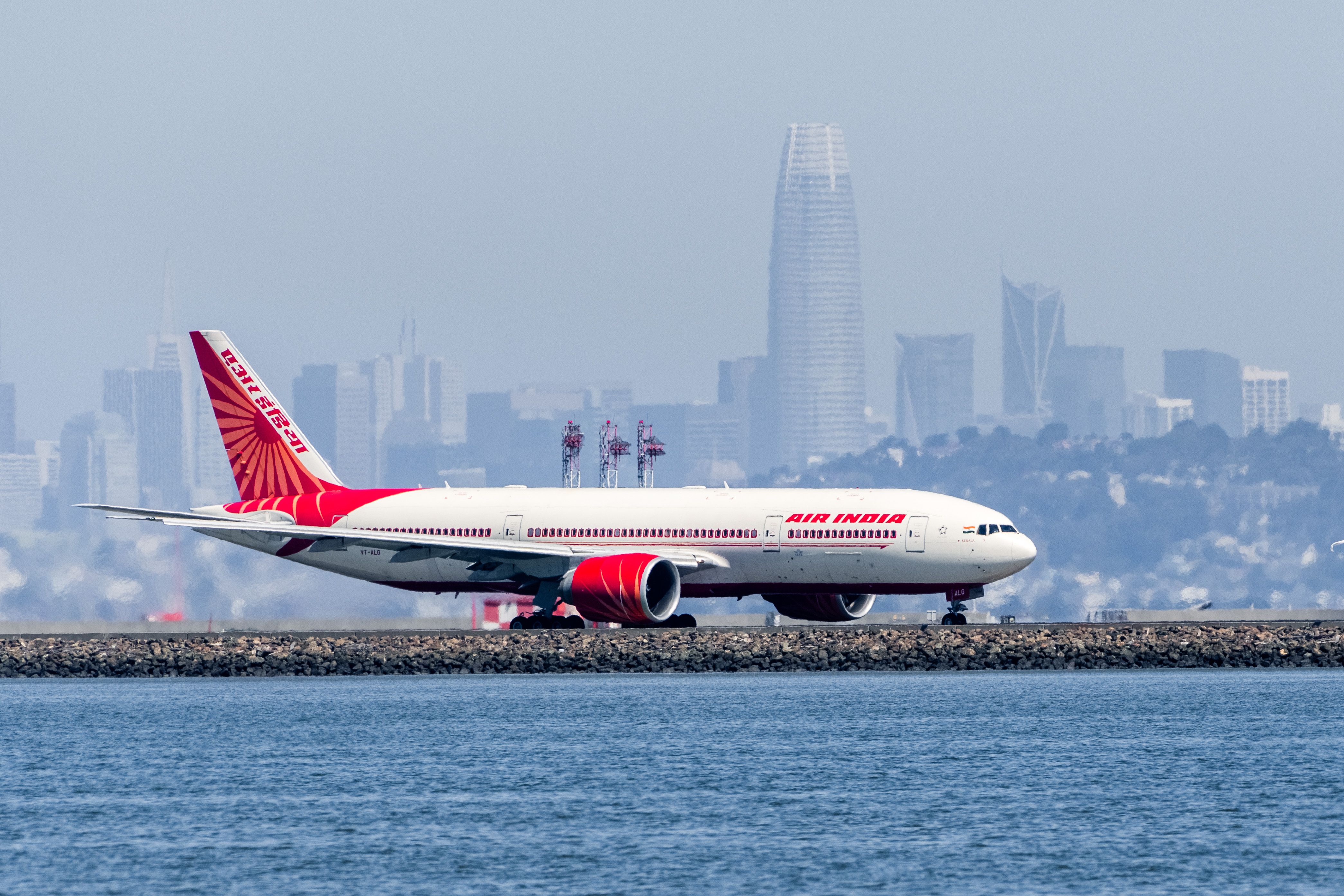
Related
The 10 Longest Boeing 777-200LR Routes
Air India, Emirates, Air Canada and Qatar Airways feature on the list.
Cargo Flexibility:
In addition to passenger services, the 777-200LR was built for its cargo capacity. Airlines utilize this aircraft to transport significant volumes of freight, which is particularly beneficial on routes where both passenger and cargo demand are high. The aircraft can carry approximately 20 tons of cargo along with a full passenger load, helping airlines maximize revenue on long-haul routes.
Performance Under Extreme Conditions:
Boeing built the 777-200LR to perform well under various operational conditions. Its robust construction and powerful engines enable it to take off and land on shorter runways and at airports situated at higher altitudes where performance can be compromised due to thinner air. This capability expanded the number of airports the aircraft can serve, enhancing its versatility for airlines operating in diverse geographic regions.
A pioneering achievement
Today, the 777-200LR remains a vital part of many airline fleets, offering unmatched range and versatility. Its development was driven by market demands, technological advancements, and close collaboration with key airline partners. The aircraft stands as a testament to Boeing’s commitment to pushing the boundaries of aviation, and as Boeing continues to innovate, the legacy of the 777-200LR will undoubtedly influence the next generation of long-range commercial aircraft.
Was the ‘Worldliner’ a marvel of modern aviation engineering? Did it push the limits on what ultra-long-range flying could be? Join the conversation, and follow us for the latest updates.

